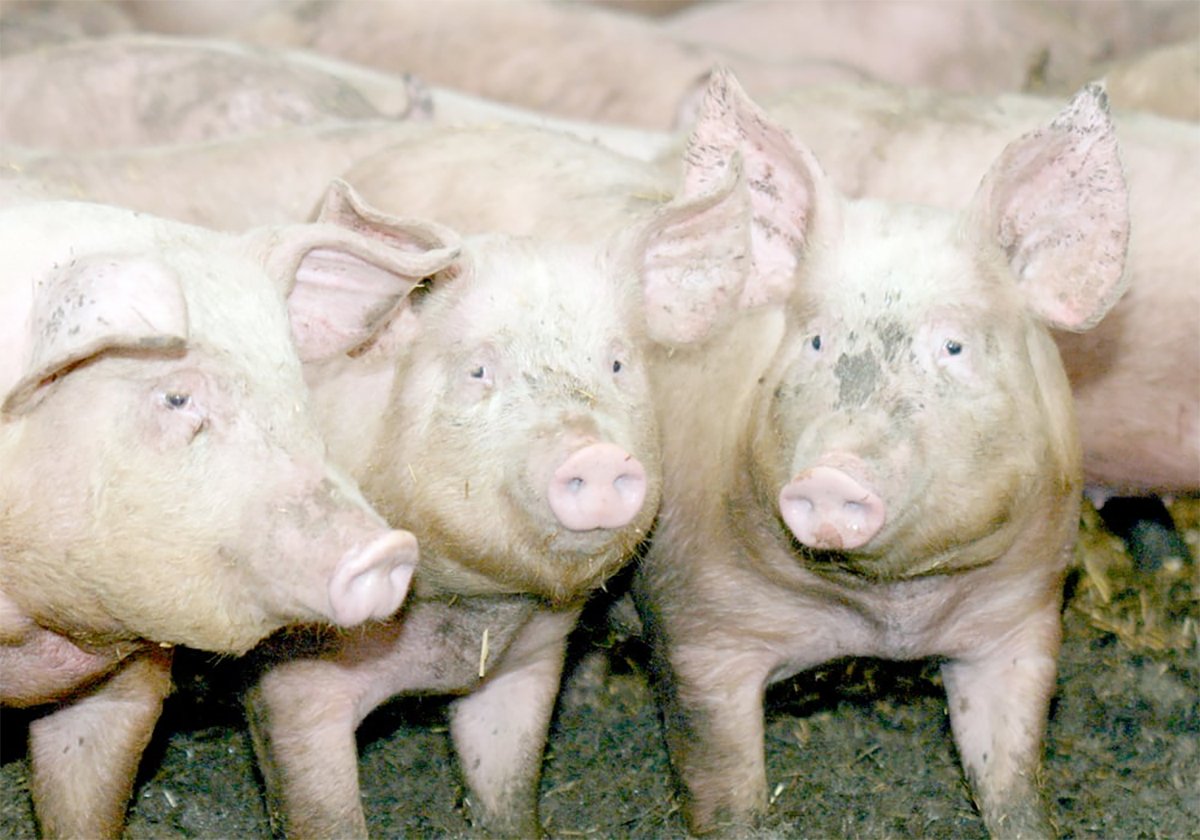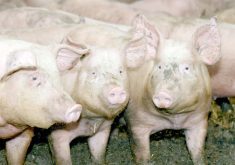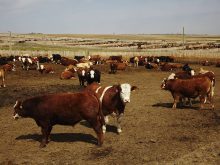OLDS, Alta. – The science of composting has moved from waste diversion
to producing a packaged brand name product.
“Ten years ago it wasn’t even an industry,” said Susan Antler of the
Composting Council of Canada during a recent composting conference at
Olds College. The college has a composting research program and offers
a diploma course in compost technology.
The composting council was formed in 1991 to address the problem of
overflowing landfill sites in major cities.
Read Also

The Western Producer Livestock Report – November 13, 2025
Western Producer Livestock Report for November 13, 2025. See U.S. & Canadian hog prices, Canadian bison & lamb market data and sales insights.
“Organics represent 30 to 50 percent of the waste stream,” Antler said.
Potential markets for compost include landscapers, home gardeners and
major projects such as cleaning up degraded land around oilfield sites.
Antler said the council will spend the next 10 years developing these
markets.
While municipal garbage gave birth to the concept, Antler said western
Canadian agriculture is also getting serious about composting as more
livestock operations seek ways to reduce manure piles.
Two companies are marketing brand name compost in Western Canada and
Ontario. Customers include home gardeners and landscapers rebuilding
city parks and school yards.
- Agricore United works with Alberta feedlots to produce The Real
Thing brand. Packages range in size and are available year round.
- Pure Lean Hogs Inc. of Bow Island, Alta., manufactures five-litre
bags of Hog Heaven compost. The package features cartoon pigs Harley
and Holly Hog, which are advertised as “two of the many producers of
Hog Heaven compost.”
Antler said Alberta is developing expertise as it learns to deal with
manure and waste from resource-based industries such as forestry and
oil and gas.
There is still considerable work to be done and each success has been a
baby step, Antler said.
“There is not going to be one magic moment. We’re not going to hit a
home run. It’s going to be base hits all the way.”
In recent years, compost demand made another stride as baby boomers
discovered the joys of gardening. Many have embraced the hobby and are
eager to learn the benefits of adding compost to their backyards. They
are also willing to pay for it.
Trevor Barton of Guelph, Ont., handles his city’s municipal composting
program. He realized it was too good to give away.
The city produces about 5,000 tonnes of compost a year from household
waste.
A partnership was formed with local boy scouts who bag and sell it as a
fundraiser each spring.
The city also sells it to soil companies for $12 per sq. yard. They
blend it with topsoil and sell it for $70 a sq. yard to gardeners and
landscapers.















